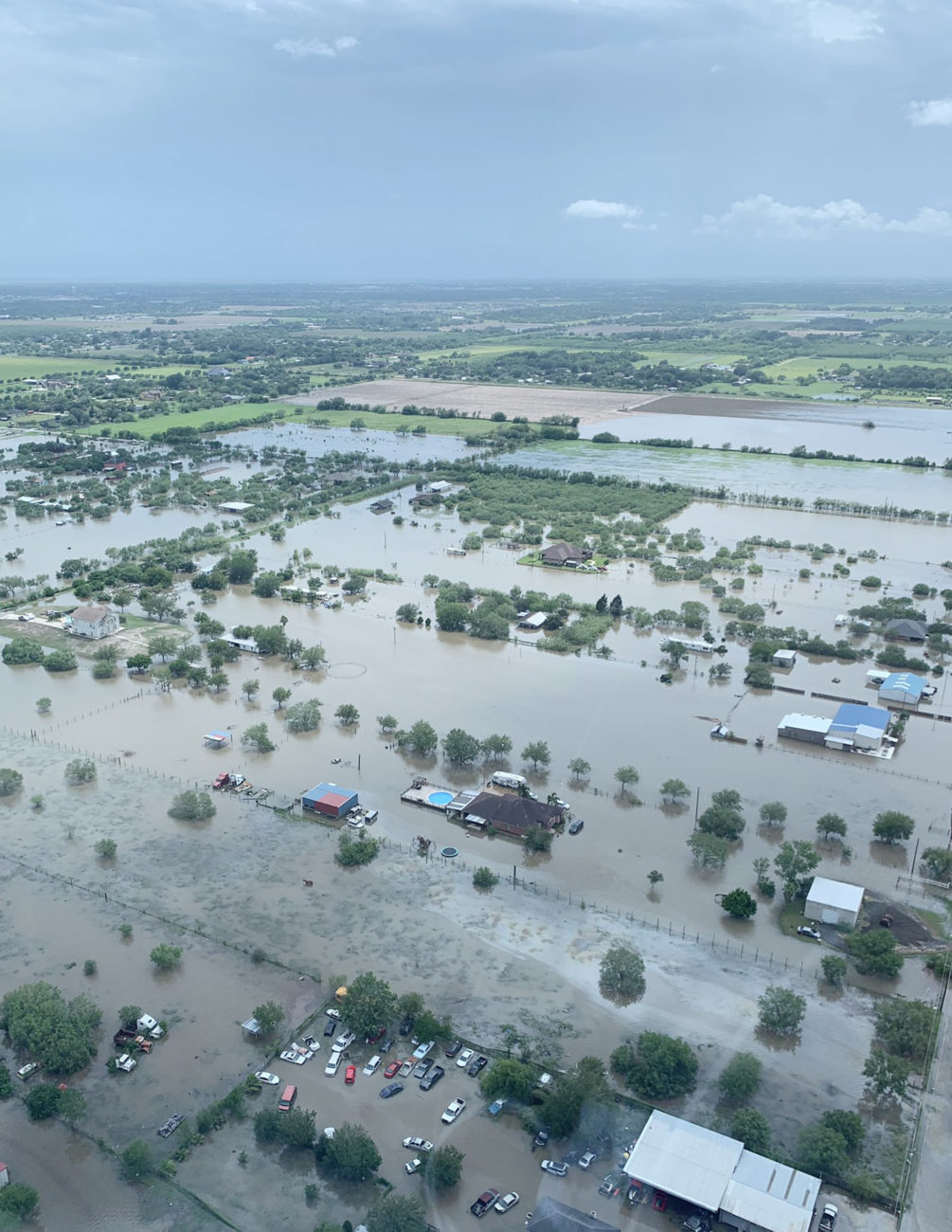
One day after the Rio Grande Valley was inundated with rain, NOAA releases its 2021 Atlantic hurricane season outlook, and although the two are not related, residents saw how rain from a non-tropical storm could lead to extreme street flooding.
(READ: Storms sweeps across the Valley)
Ben Friedman, acting administrator for the National Oceanic and Atmospheric Administration, on Thursday said this year’s season would be an active one, though it will not be as busy as last year.
Friedman said there will be 13 to 20 named storms, 6 to 10 hurricanes and 3 to 5 major hurricanes. Forecasters predict a 60% chance of an above-normal season, a 30% chance of a near-normal season, and a 10% chance of a below-normal season.
NOAA’s announcement came the same day as forecasters were monitoring a system that is already brewing in the Atlantic. As of 2 p.m. Thursday, the National Hurricane Center reported a non-tropical low pressure system was located about 650 miles east-northeast of Bermuda. It’s expected to become a subtropical cyclone sometime Friday and could become the first named storm of the Atlantic hurricane season in the next few days. The storm’s name would be Ana.
According to NOAA, a typical hurricane can bring anywhere from 6 to 12 inches of rainfall. On Wednesday, many areas of the Valley received at least 4 inches of rain if no more in just a few hours. The storm also brought damaging winds.
Matthew Rosencrans, hurricane season outlook lead, NOAA Climate Prediction Center, said forecasts of landfalls in the South Texas area are usually made about a week out before the storms strike.
“We do know that during high activity eras we are more likely to have land falling hurricanes. There’s about a 30 percent increase chance of that anywhere along the coast. But specifically, for the South Texas coast landfall forecast are definitely made a week out,” he said.
Rosencrans, said people living along the South Texas coast should start preparing now and get their supplies as “if a storm could come to them at any point in this hurricane season.”
Although climate change has nothing to do with the frequency of the named storms it does have to do with how strong the storms can become.
“Once they do form they have the possibility to get to those Category 4 and 5 storms and get that intensity level up. Climate change is also linked to heavier precipitation within storms at about 3%,” he said.
FEMA administrator Deanne Criswell said the public should start preparing for the upcoming 2021 hurricane season since its start is more than a week away.
“Visit Ready.gov and Listo.gov to learn and take steps to prepare yourself and others in your household. Download the FEMA app to sign up for a variety of alerts and to access preparedness information,” Criswell stated in a press release. “Purchase flood insurance to protect your greatest asset, your home. And please, encourage your neighbors, friends and coworkers to also get ready for the upcoming season.”
During the 2020 Atlantic hurricane season, the U.S. had a record of 12 named storms making landfall, including Hurricane Hanna that made landfall in South Texas on July 25. Hurricane Hanna brought flooding to the Rio Grande Valley and spawned two tornadoes that hit the Brownsville area.
The 2020 Atlantic hurricane season had 30 named storms, 14 hurricanes and seven major hurricanes.
The Atlantic hurricane season runs from June 1 through Nov. 30.




